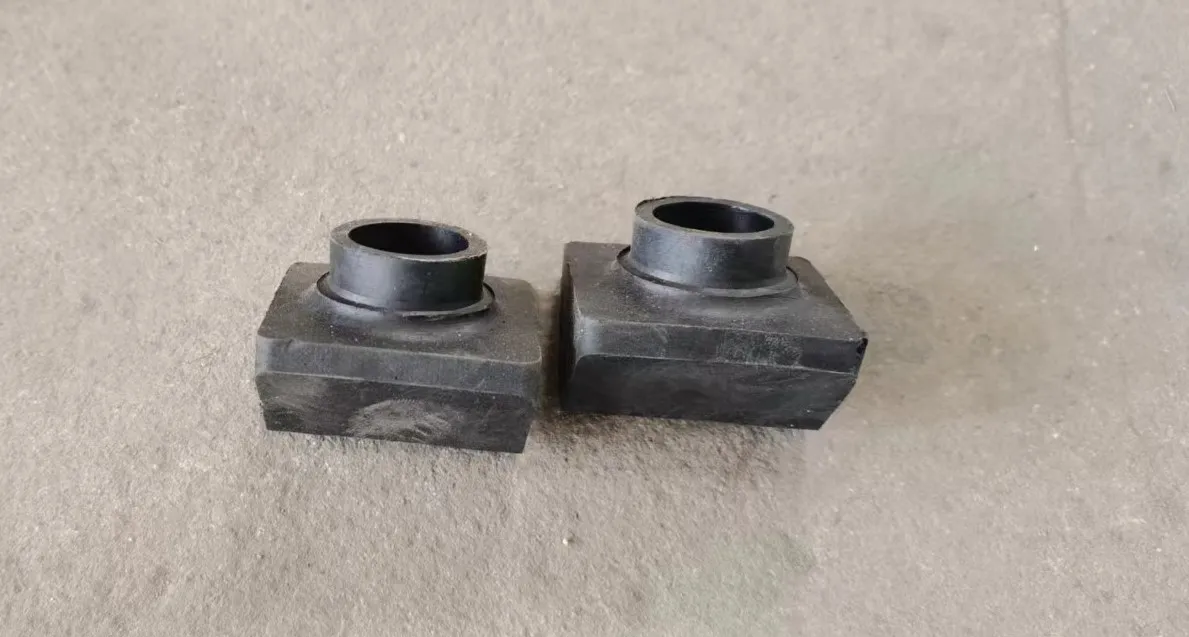loading...
- No. 9, Xingyuan South Street, Dongwaihuan Road, Zaoqiang County, Hengshui, Hebei, China
- admin@zjcomposites.com
- +86 15097380338
- Welcome to visit our website!
Durable and Lightweight Fiberglass Floor Grating Solutions for Industrial and Commercial Applications
The Versatility and Benefits of Fiberglass Floor Grating
Fiberglass floor grating has increasingly become a popular choice in various industrial, commercial, and recreational applications due to its numerous advantages over traditional materials such as steel or wood. This innovative material, also known as fiberglass reinforced plastic (FRP), is comprised of a matrix of glass fibers and resin, resulting in a lightweight yet incredibly strong product that offers unique benefits for flooring and structural applications.
Strength and Durability
One of the primary advantages of fiberglass floor grating is its exceptional strength-to-weight ratio. Fiberglass is significantly lighter than steel, making it easier to handle and install while still providing the resilience needed to withstand heavy loads. The inherent properties of fiberglass make it resistant to corrosion, which is particularly advantageous in environments exposed to harsh chemicals, moisture, and extreme temperatures. Unlike steel, which may rust and weaken over time, fiberglass maintains its longevity and structural integrity, resulting in lower maintenance costs and extended lifespans for the flooring systems.
Safety Features
Safety is another critical factor when choosing flooring materials, especially in industrial settings where slips and falls can pose significant risks. Fiberglass floor grating offers excellent slip resistance due to its textured surface, which provides enhanced traction even in wet or oily conditions. This feature is essential in workplaces such as factories, warehouses, and utility plants, where spills are common. Furthermore, fiberglass grating is non-conductive, making it suitable for electrical applications, providing an added layer of safety.
Versatility of Applications
fiberglass floor grating

The versatility of fiberglass floor grating makes it suitable for a wide range of applications. It is used extensively in industries such as chemical processing, food and beverage, wastewater treatment, and marine environments. Additionally, fiberglass floor grating can be found in recreational facilities, parking garages, walkways, and platforms. Its ability to be molded into various shapes and sizes allows it to meet specific design requirements, accommodating custom installations and varied load capacities.
Environmental Considerations
In today’s world, sustainability is an increasingly important factor in construction and manufacturing. Fiberglass floor grating is considered a more environmentally friendly option compared to traditional materials. Its durability reduces the need for frequent replacements, and its manufacturing process has a lower environmental impact. Additionally, fiberglass is often made from recyclable materials, contributing to a more sustainable lifecycle.
Aesthetic Options
Beyond its functional advantages, fiberglass floor grating comes in a variety of colors and designs, allowing for greater customization in visual appeal. This flexibility enables businesses to choose grating that complements their branding or enhances the aesthetic of their facilities. The ability to integrate color into the flooring system not only serves practical purposes, such as demarcation for safety, but also enriches the overall environment of the space.
Conclusion
In conclusion, fiberglass floor grating presents an excellent alternative to conventional flooring materials due to its strength, durability, safety features, versatility, and environmental benefits. Whether for industrial, commercial, or recreational applications, the advantages of fiberglass floor grating make it a compelling choice for architects, engineers, and facility managers. As industries continue to seek solutions that combine performance with sustainability, fiberglass floor grating stands out as an innovative solution that meets the demands of modern construction and design. Investing in fiberglass floor grating not only ensures a reliable and safe flooring option but also contributes to a more sustainable future.
-
Premium FRP Handrail for All ApplicationsNewsAug.29,2025
-
Low Maintenance FRP Mini Mesh Grating ProductsNewsAug.29,2025
-
Innovative FRP Square Tubes for Modern Industrial SolutionsNewsAug.29,2025
-
FRP Water Storage Tanks Wholesale Solutions for Bulk BuyersNewsAug.29,2025
-
FRP Molded Grating Solutions for Diverse Industrial ApplicationsNewsAug.29,2025
-
Construction Advancements Through FRP Pultruded ProfilesNewsAug.29,2025
-
Why Choose FRP Railings, Guardrails, and Handrail Systems?NewsAug.29,2025
